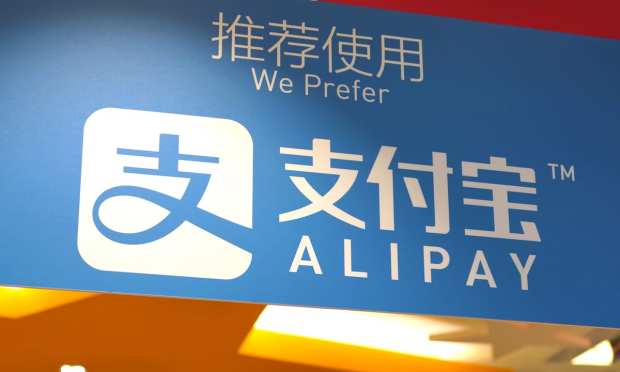Ant Group Looks To Boost Valuation By Upping Alipay Commissions

Several Chinese bankers have agreed to let Alipay, Ant Group’s finance arm and the biggest payments processor in China, take a larger percentage of fees as the FinTech works to regain lost valuation, the Financial Times (FT) reported.
Chinese merchants pay a fee on each digital transaction that is split three ways — between China UnionPay (CUP), the bank and Alipay, which has steadily been upping its percentage. CUP is the country’s card processor. Multiple lenders told the news outlet that since the start of 2021, they let Alipay increase its share of processing fees by as much as 80 percent.
“Ant has the upper hand in price negotiations because we count on Alipay to expand our business,” according to a bank executive who works with Alipay, per the Financial Times. “There is little the government can do.”
After being forced to restructure, Ant Group is now looking at ways it can quickly restore its lost valuation.
“Ant is still looking for an IPO and it wants to improve its valuation that has taken a hit from the regulatory overhaul,” a source told FT. “The solution is to grow in areas that come with fewer restrictions.”
Alipay’s parent firm, Ant Group, saw its estimated $315 billion valuation plunge after its history-making initial public offering (IPO) was abruptly pulled by Chinese regulators in November 2020. The company’s $37 billion filing would have been the world’s biggest. Ant Group closed the books on 2020 with a value of $200 billion.
The subsequent restructuring of Ant prompted Simon Hu, the group’s chief executive officer since 2019, to step down. Company veteran and Executive Chairman Eric Jing has taken his place. Most of Ant’s micro-lending operations will become part of its new financial services division. The revamping of its business means that Ant Group will be subject to the same capital requirements as traditional lenders.
Ant has reportedly been in discussions with investors to strengthen the funding of its new financial services unit. About $4.6 billion is needed just to satisfy new regulatory requirements.
